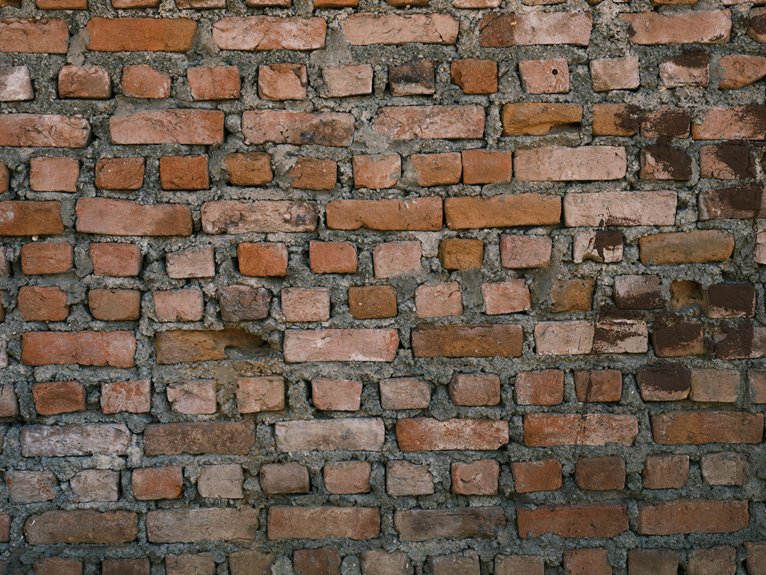Bonding mortar is a crucial material used in construction to securely attach bricks, stones, or blocks, ensuring stability and durability in various structures. There are several types available, including cement-based mortars, which are suitable for general applications, and lime-based options, which are particularly ideal for the restoration of historic buildings.
The proper application of bonding mortar involves several key steps. Firstly, it is essential to clean the surfaces thoroughly to remove any dust or debris that may weaken the bond. Next, the mortar should be mixed correctly to achieve the right consistency, followed by application at the appropriate thickness to ensure a strong connection.
One of the common challenges faced in using bonding mortar is inadequate surface preparation, which can compromise the strength of the bond. By paying close attention to these techniques, builders can achieve long-lasting, robust connections in their construction projects.
Exploring the various types and methods of using bonding mortar can provide valuable insights into enhancing the quality and longevity of masonry work, making it an important consideration for both new constructions and restoration efforts.
Types of Bonding Mortar and Their Specific Uses
Different types of bonding mortar are specifically designed for various construction needs and environments.
Cement-based mortars are highly versatile, utilised for binding bricks, stones, and blocks. The strengths of these mortars vary, with Type N being suitable for general above-grade work, while Type S is particularly effective for below-grade foundations and retaining walls. Cement mortar’s mix ratios can also be adjusted to enhance durability and workability depending on the specific application.
For heavy load-bearing structures, Type M mortar offers exceptional strength.
Lime-based mortars are commonly used in historic restoration projects. They prioritise flexibility and breathability, making them ideal for older masonry and softer bricks.
Gypsum-based mortars are primarily intended for interior applications, providing a quick setting time but aren’t recommended for use in damp environments.
For more demanding applications, polymer-modified and epoxy mortars are specialised options that deliver superior adhesion and resistance. These mortars are ideal for industrial settings or decorative projects, ensuring long-lasting performance.
Understanding the distinct characteristics and appropriate uses of these bonding mortars can help in selecting the right one for your construction needs.
Essential Construction Techniques for Effective Bonding
Applying bonding mortar effectively relies on several essential construction techniques that ensure strong adhesion and durability.
Firstly, it’s crucial to clean and dampen the substrate to eliminate dust, debris, and loose material. However, care must be taken to avoid over-saturation, as this can lead to water loss from the mortar.
Utilising the appropriate mortar mix and adhering to manufacturer guidelines helps maintain bond strength. Ensuring a sufficient thickness of mortar promotes proper coverage.
For dense or low-suction surfaces, the use of chemical bonding agents or mechanical reinforcement such as mesh can enhance adhesion.
Surfaces must be flat and smooth, with any cracks or debris repaired beforehand.
Additionally, proper curing, timely mixing, and adjusting the water content based on environmental conditions are vital.
Properly prepared surfaces and correct application techniques are essential for achieving optimal bonding results, ultimately extending the lifespan of the structure and preventing costly repairs. Proper preparation and application contribute to creating a solid foundation for a reliable and long-lasting bond, crucial for successful construction projects.
Key Properties and Standards for High-Quality Bonding Mortar
The key properties and standards for high-quality bonding mortar ensure that the material performs reliably in construction. Mortar must meet specific strength and physical property requirements, such as a compressive strength of at least 1600 psi within one day, along with appropriate water retention to enhance workability and adhesion. Additionally, it should incorporate suitable cementitious materials, with proportions carefully controlled during mixing to prevent failures. The mortar’s ability to retemper within a specified period and maintain proper flow is vital for achieving a consistent bond. Additionally, air content is important for durability and resistance to freeze-thaw cycles. Standards that guide the quality of bonding mortar include ASTM specifications, which outline testing for strength and bond performance. These criteria ensure that the mortar provides robust, enduring joints capable of withstanding the rigours of time and varying weather conditions.
Common Challenges and Best Practices in Application
Successful bonding of mortar relies significantly on appropriate application techniques, yet various challenges can impede this process. These challenges often include issues with surface preparation, such as contamination, insufficient cleaning, or non-porous substrates that inhibit a robust bond. Additionally, mixing errors—such as incorrect ratios or the use of contaminated materials—can compromise adhesion. Application missteps, like applying excessively thick coats or hastening the drying process, can further weaken the bond. Furthermore, environmental factors, including extreme temperatures or high humidity, may slow curing or distort the mortar.
To effectively tackle these challenges, it is vital to understand and adhere to best practices:
| Challenge | Best Practice | Result |
|---|---|---|
| Surface contamination | Thorough cleaning and roughening | Enhanced adhesion |
| Incorrect mixing ratios | Accurate measurement and mixing | Strong, consistent mortar |
| Rapid drying or high wind | Shield mortar with coverings | Complete curing and durability |
Conclusion
In summary, selecting the appropriate bonding mortar relies on a clear understanding of its various types, effective application techniques, and essential properties. Utilising high-quality materials and adhering to best practices guarantees robust and durable bonds in construction.
Being aware of common challenges can help prevent issues, thereby enhancing safety and prolonging the lifespan of the work. By focusing on industry standards and proven techniques, builders can achieve reliable results. Consequently, bonding mortar becomes a vital component in the success of construction projects across the UK.

